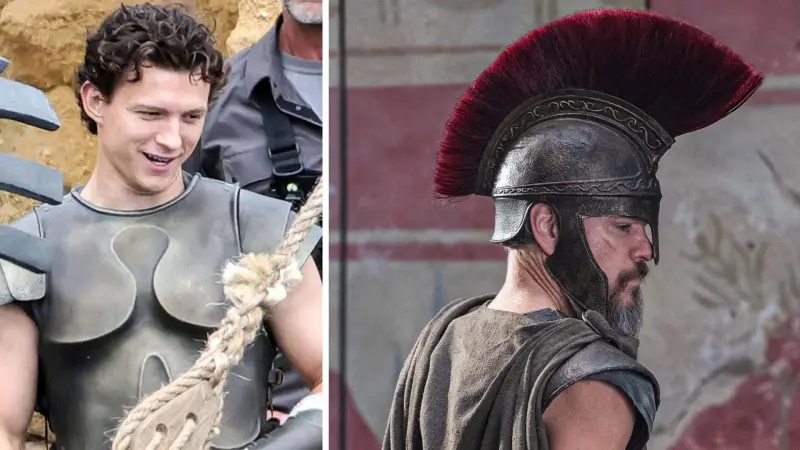Introduction
Pseudoarchaeology, the interpretation of the past through methods that fall outside the scientific framework of archaeology, has long captivated the public imagination. Among its most popular claims is the idea that extraterrestrial beings were involved in the construction of ancient structures like the Egyptian pyramids, Stonehenge, and the statues of Easter Island. While these theories are often presented as exciting alternatives to mainstream archaeology, they lack empirical support and can distort public understanding of human history. This article critically examines these claims, provides scientific explanations for the construction of ancient structures, and discusses the broader impact of pseudoarchaeology on public perception of archaeology.
The Appeal of Pseudoarchaeology
Pseudoarchaeological theories often gain traction because they offer simple, sensational explanations for complex historical phenomena. The idea that advanced alien civilizations visited Earth and shared their technology with ancient humans is more immediately gratifying than the painstaking, evidence-based work of archaeologists. Additionally, these theories often play on a sense of mystery and wonder, appealing to those who feel that mainstream science has not adequately explained certain ancient achievements.
However, the popularity of such theories can undermine the credibility of archaeology as a scientific discipline. By promoting unverified claims, pseudoarchaeology distracts from the real achievements of ancient cultures and perpetuates a narrative that diminishes human ingenuity.
Debunking Popular Pseudoarchaeological Claims
The Egyptian Pyramids: Alien Construction or Human Ingenuity?
Claim: The precision and scale of the Great Pyramid of Giza are often cited as evidence of alien involvement, with proponents arguing that ancient humans lacked the technology to build such structures.
Scientific Explanation: Archaeological evidence demonstrates that the pyramids were built by skilled Egyptian workers using advanced engineering techniques for their time. Tools such as copper chisels, wooden sleds, and ramps have been found at construction sites. The alignment of the pyramids with celestial bodies reflects the Egyptians' sophisticated understanding of astronomy, not extraterrestrial intervention.
Stonehenge: A Landing Pad for Aliens?
Claim: Some suggest that Stonehenge's massive stones were placed by aliens as a landing site or astronomical calendar.
Scientific Explanation: Stonehenge was constructed over thousands of years by Neolithic and Bronze Age peoples. The stones were transported using a combination of sledges, ropes, and possibly wooden rollers. The site's alignment with solstices and equinoxes reflects its builders' knowledge of astronomy and its likely use as a ceremonial or religious site.
The Moai of Easter Island: Alien Assistance?
Claim: The massive stone statues (moai) on Easter Island are said to be too heavy and complex for humans to have created without alien help.
Scientific Explanation: Archaeological studies and experimental archaeology have shown that the Rapa Nui people carved and transported the moai using stone tools, wooden sledges, and a system of ropes and levers. Oral traditions and physical evidence support the idea that the statues were moved in an upright position, a feat of human engineering and coordination.
The Impact of Pseudoarchaeology on Public Understanding
Pseudoarchaeological theories can have several negative effects on public understanding of archaeology:
Undermining Scientific Inquiry: By promoting unverified claims, pseudoarchaeology detracts from the rigorous methods and evidence-based conclusions of mainstream archaeology. This can lead to skepticism about scientific findings and a preference for sensationalist narratives.
Diminishing Ancient Cultures: Attributing ancient achievements to aliens diminishes the ingenuity and capabilities of past human societies. It perpetuates a Eurocentric and colonialist view that non-Western cultures were incapable of such accomplishments without external intervention.
Misinformation and Distrust: The spread of pseudoarchaeological ideas through media and popular culture can lead to widespread misinformation. This can erode public trust in archaeologists and historians, making it harder to communicate accurate information about the past.
Conclusion
While pseudoarchaeological claims about alien involvement in ancient structures may be entertaining, they lack scientific credibility and often distort the true achievements of ancient cultures. By critically examining these claims and providing evidence-based explanations, archaeologists can help the public appreciate the remarkable ingenuity and resourcefulness of our ancestors. Promoting a deeper understanding of archaeology as a science is essential to countering the allure of pseudoarchaeology and fostering a more informed appreciation of human history.







